


From Seed To Harvest
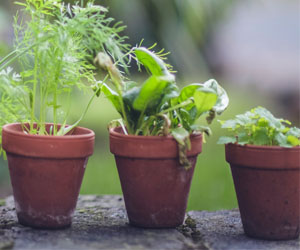
Growing herbs can be a deeply satisfying and aromatic experience, whether you have a green thumb or are just starting your gardening journey. To successfully cultivate a thriving herb garden, it's essential to understand various herb growing techniques. In this article, we will delve into the key techniques you need to know to nurture your herbs from seed to harvest.
Selecting Your Herbs
The first step in any herb growing adventure is selecting the herbs you want to cultivate. Consider your climate, available space, and personal preferences when making your choices. Common choices include basil, rosemary, mint, thyme, oregano, and cilantro, but there are countless other options to explore.
Starting From Seeds Or Transplants
Herb cultivation often begins by deciding whether to start from seeds or transplants. Starting from seeds offers more variety and can be more cost-effective, but it requires patience and a longer growing season. Transplants, on the other hand, provide a head start and are a good option for beginners or those with shorter growing seasons.
Soil Preparation
Prepare the soil by ensuring it is well-draining and rich in organic matter. Herbs generally prefer slightly alkaline soil with good aeration. To improve soil quality, incorporate compost or well-rotted organic matter.
Planting Techniques
When planting herbs, pay attention to spacing. Different herbs have varying requirements for space between plants. Proper spacing allows air circulation and minimizes the risk of disease.
Watering And Drainage
Watering is a critical aspect of herb growing. Most herbs prefer well-drained soil, so avoid overwatering, which can lead to root rot. Water deeply but less frequently, allowing the soil to dry out between watering sessions.
Sunlight Requirements
Herbs love sunlight, so make sure your garden receives at least 6 to 8 hours of direct sunlight per day. If you're growing herbs indoors, consider providing supplemental light with grow lights.
Pruning And Pinching
Regular pruning and pinching are key techniques for encouraging bushier growth and better flavor. Pinching the tips of the branches or cutting back leggy growth can stimulate new growth and prevent the herbs from becoming too woody.
Pest Management
Herbs are generally hardy, but they can still fall victim to pests and diseases. Consider natural pest control methods like companion planting or introducing beneficial insects like ladybugs. Inspect your plants regularly and address issues promptly.
Harvesting Techniques
Knowing when and how to harvest your herbs is crucial. Harvest in the morning when the essential oils are at their peak, and use sharp scissors or shears to make clean cuts. Be sure to avoid removing more than a third of the plant at a time to ensure continued growth.
Preserving Herbs
To enjoy your herbs beyond the growing season, consider preserving them. Popular methods include drying, freezing, making herb-infused oils or vinegars, and using herbs in homemade herbal teas.
Mastering herb growing techniques is a rewarding endeavor that allows you to savor the freshest, most flavorful herbs in your culinary creations. Whether you're a seasoned gardener or just beginning to explore the world of herb cultivation, understanding these techniques will help you nurture a thriving and aromatic herb garden. Experiment with different herbs and techniques to discover the joy of growing and using your own homegrown herbs.

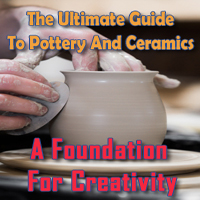
Savoring The Subtle Pleasures
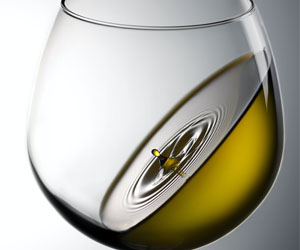 Smell: The olfactory sense is crucial in wine tasting. Swirl the wine gently in your glass to release its aromas and then take a moment to inhale. Note the wine's bouquet, identifying various scents like fruit, flowers, spices, or oak. The aroma can provide insights into the wine's age, origin, and quality.
Smell: The olfactory sense is crucial in wine tasting. Swirl the wine gently in your glass to release its aromas and then take a moment to inhale. Note the wine's bouquet, identifying various scents like fruit, flowers, spices, or oak. The aroma can provide insights into the wine's age, origin, and quality.
Taste: This is the heart of the wine tasting experience. Start with a small sip, allowing the wine to coat your palate. Assess the wine's flavors, acidity, sweetness, and tannins. Look for complex layers of taste, from the initial impression to the finish. Consider the balance and harmony of the wine's components.
Touch: The tactile sensation of wine is an often-overlooked aspect. Assess the wine's body or weight on the palate. Is it light, medium, or full-bodied? The texture should be smooth and pleasing, with the right level of astringency from tannins.
Sound: While it might not be as prominent, the sound of wine plays a role in the overall experience. When you slurp the wine, the sound can provide clues about its viscosity and body. Experienced tasters often make a slight slurping sound to aerate the wine as it passes through their palate.
The Art Of The Swirl And Sip: The gentle swirl of the wine in the glass releases its aromas, allowing you to take in the full bouquet. This practice aerates the wine, which can enhance the aromas and flavors.
Taking small sips and holding the wine in your mouth allows for a thorough evaluation of its taste and texture. The art of wine tasting involves paying attention to the wine's complexity, noting the interplay of fruit, acidity, and tannins.
Igniting Creativity And Ambiance In Your Home
 The Essence Of Homemade Candle Art
The Essence Of Homemade Candle Art
Homemade candle art represents the perfect fusion of science and artistry. Crafting a candle from scratch involves understanding the science of wax and wick, but it also encourages artistic expression in choosing colors, shapes, and fragrances. Whether you're a seasoned artisan or a beginner, this craft has something to offer everyone.
Materials And Techniques
Creating homemade candles can be a fulfilling experience. The key materials include wax, fragrance oils, wicks, and coloring agents. The type of wax you choose, like soy, beeswax, or paraffin, affects the candle's texture and burn time. Fragrance oils infuse your candles with enticing scents, from soothing lavender to invigorating citrus. Candle coloring agents provide endless possibilities for personalization.
Homemade candle making involves several techniques, including melting the wax, adding fragrance and color, and pouring the mixture into molds. The cooling and setting process requires patience, as the wax transforms into a solid form, ready to be ignited.
Ambiance And Relaxation
Candles have always been synonymous with creating a warm and inviting atmosphere. The soft, flickering glow of homemade candles can transform any room into a cozy haven. Whether you're looking to enhance a romantic dinner, a relaxing bath, or simply add a touch of charm to your living space, homemade candles can set the mood like nothing else.
Crafting Your Way To Inner Peace
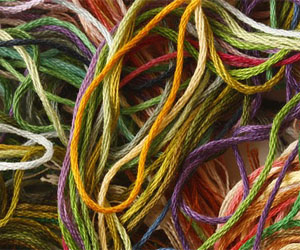 Handmade serenity is a form of active meditation. As you immerse yourself in your craft, you enter a state of flow, where time seems to stand still, and you're completely absorbed in the process. This meditative quality of crafting can be profoundly calming and is akin to mindfulness meditation, a practice proven to reduce anxiety and promote mental and emotional well-being.
Handmade serenity is a form of active meditation. As you immerse yourself in your craft, you enter a state of flow, where time seems to stand still, and you're completely absorbed in the process. This meditative quality of crafting can be profoundly calming and is akin to mindfulness meditation, a practice proven to reduce anxiety and promote mental and emotional well-being.
The tactile nature of handmade creations has a soothing effect on your senses. Feeling the textures, seeing the colors, and manipulating the materials can be a sensory experience that grounds you in the moment. Whether you're kneading dough for homemade bread, shaping clay into pottery, or sewing fabric into a quilt, your senses come alive, enhancing your connection to the world around you.
Moreover, handmade serenity is about the sense of accomplishment that comes with completing a project. Seeing your creations come to life can be incredibly rewarding, instilling a sense of pride and purpose. It's a tangible representation of your creativity and effort, and this feeling of achievement can boost your self-esteem and sense of self-worth.
Crafting also allows you to take control of your surroundings. You can make your home more inviting and cozy with handmade decor, such as quilts, paintings, or handcrafted furniture. These pieces carry a personal touch that can transform your living space into a sanctuary of serenity, providing a refuge from the chaos of the outside world.


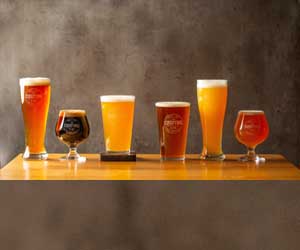
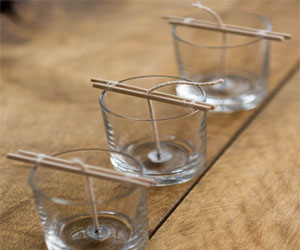
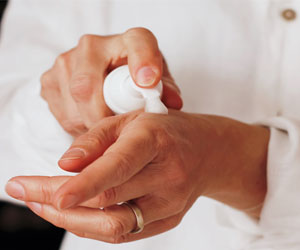

Cultivating Wine's Essence
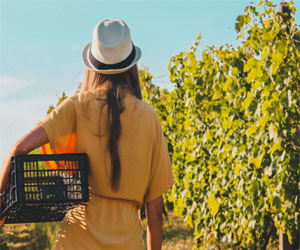 Pruning: Pruning is a critical aspect of vineyard management, as it shapes the vines and influences the quality of the fruit. Pruning helps control the yield of the vine, ensuring that it produces a balanced crop with optimal grape ripeness. The timing and precision of pruning are essential to the health of the vines and the quality of the grapes.
Pruning: Pruning is a critical aspect of vineyard management, as it shapes the vines and influences the quality of the fruit. Pruning helps control the yield of the vine, ensuring that it produces a balanced crop with optimal grape ripeness. The timing and precision of pruning are essential to the health of the vines and the quality of the grapes.
Pest And Disease Control: Protecting the vineyard from pests and diseases is essential for a successful harvest. Integrated pest management techniques are often employed, which may include the use of natural predators, organic pesticides, or careful monitoring of vine health.
Harvesting: The timing of the grape harvest is critical, and it varies depending on the type of wine being produced. For sparkling wines or crisp white wines, grapes may be picked early for high acidity. In contrast, red wines may require longer hang times on the vine for optimal ripeness. Handpicking is still the choice in many vineyards, as it allows for the selective harvesting of the best fruit.
Sustainable Viticulture: In recent years, the wine industry has witnessed a shift towards sustainable viticulture practices. Many vineyards are adopting eco-friendly methods to preserve the natural balance of the environment. This includes organic and biodynamic practices that promote biodiversity, soil health, and minimal chemical intervention.
Challenges Of Viticulture: Viticulture presents its own set of challenges. Factors such as climate change, extreme weather events, and new pest threats can pose risks to vineyard health. Viticulturists must adapt and innovate to mitigate these challenges while maintaining the quality of the grapes.
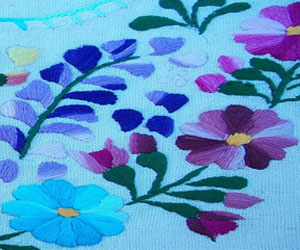 The World Of Textile Art: Beyond the realm of fashion, textile art is a profound expression of fabric creativity. Artists use various techniques like embroidery, quilting, and weaving to craft stunning pieces that blend traditional and contemporary elements. Each piece tells a story, often reflecting the artist's emotions, experiences, and cultural influences.
The World Of Textile Art: Beyond the realm of fashion, textile art is a profound expression of fabric creativity. Artists use various techniques like embroidery, quilting, and weaving to craft stunning pieces that blend traditional and contemporary elements. Each piece tells a story, often reflecting the artist's emotions, experiences, and cultural influences.
Fabric Creativity In Home Decor: Home decor is another arena where fabric creativity shines. Whether it's hand-stitched cushions, beautifully quilted throws, or intricate wall hangings, textiles have the power to transform a living space. Fabric creativity allows individuals to customize their homes, infusing them with personal style and warmth.
Eco-Friendly Fabric Creativity: In recent years, fabric creativity has also embraced eco-friendliness. Artists and designers are increasingly using sustainable and upcycled materials to create unique pieces. This eco-conscious approach not only reduces environmental impact but also adds depth to the narrative behind each creation.